Archaeologists from Arkeologerna—the Archaeologists at the Swedish History Museums—have unearthed exceptional Viking Age treasures during excavations carried out between 2021 and 2022 along the E18 motorway in Västmanland, Sweden. The investigations, conducted in advance of a major expansion of the road between Köping and Västerås, revealed nine sites containing burials, settlements, and cremation grounds that together illuminate how life, death, and belief evolved in the region over more than a thousand years.

Particularly striking discoveries included two swords found standing upright in graves—an extremely rare burial practice thought to have symbolized power or protection in the afterlife. Archaeologists also recovered beads, gold sheet metal, whalebone and clay game pieces, and exquisitely decorated horse gear, all remarkably well preserved.
At Rallsta, close to Hallstahammar, there is a cremation area on a small hill where excavations have uncovered two large pyre settings from the Late Viking Age. The hill appears to have been deliberately reshaped; the fires would have been visible from a great distance and probably formed part of public funeral gatherings held for important burials of chieftains or warriors. The remains represent one of the latest large-scale cremations known in Sweden; they date from a period when Christianity was beginning to replace older pagan traditions.

In Munktorp parish, at Viby and Norrtuna, archaeologists discovered graves built into an older Vendel Period burial mound; the Vikings reused ancestral sites to demonstrate continuity and lineage. The weaponry and swords found in these graves indicate that the individuals buried there were elite warriors or members of a local dynasty. One burial even held a man and a woman interred together, though their relationship remains unknown.
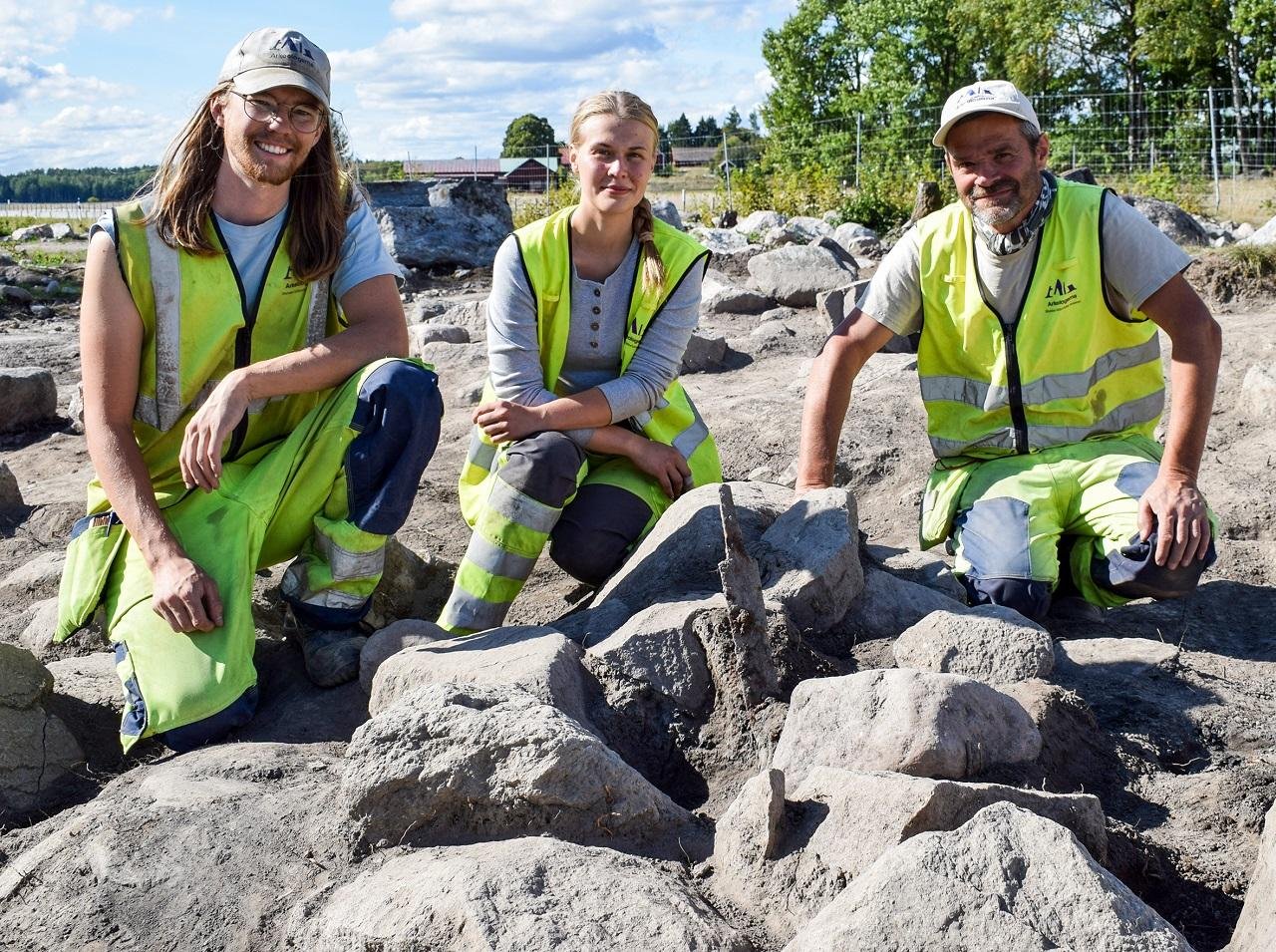
Further west, at Sylta near Köping, excavations uncovered one of Sweden’s youngest cremation and stone-setting cemeteries, in use from the 9th century up until about 1200 CE. Almost 30 graves from the 11th century contained horses cremated with their owners. Many of the horses had been equipped with ornate harness fittings, pendants, and jingling bells, suggesting that equestrian display formed a major symbol of identity and status for both men and women.
Apart from the burials, archaeologists also found evidence of farm life among the Vikings: baking bread, producing iron, and farming. This affords a view of daily existence alongside the grand burial customs. A Viking farmstead near Häljesta was discovered next to Västmanland’s largest known rock carving site, which links ancient traditions to the lives of medieval settlers.
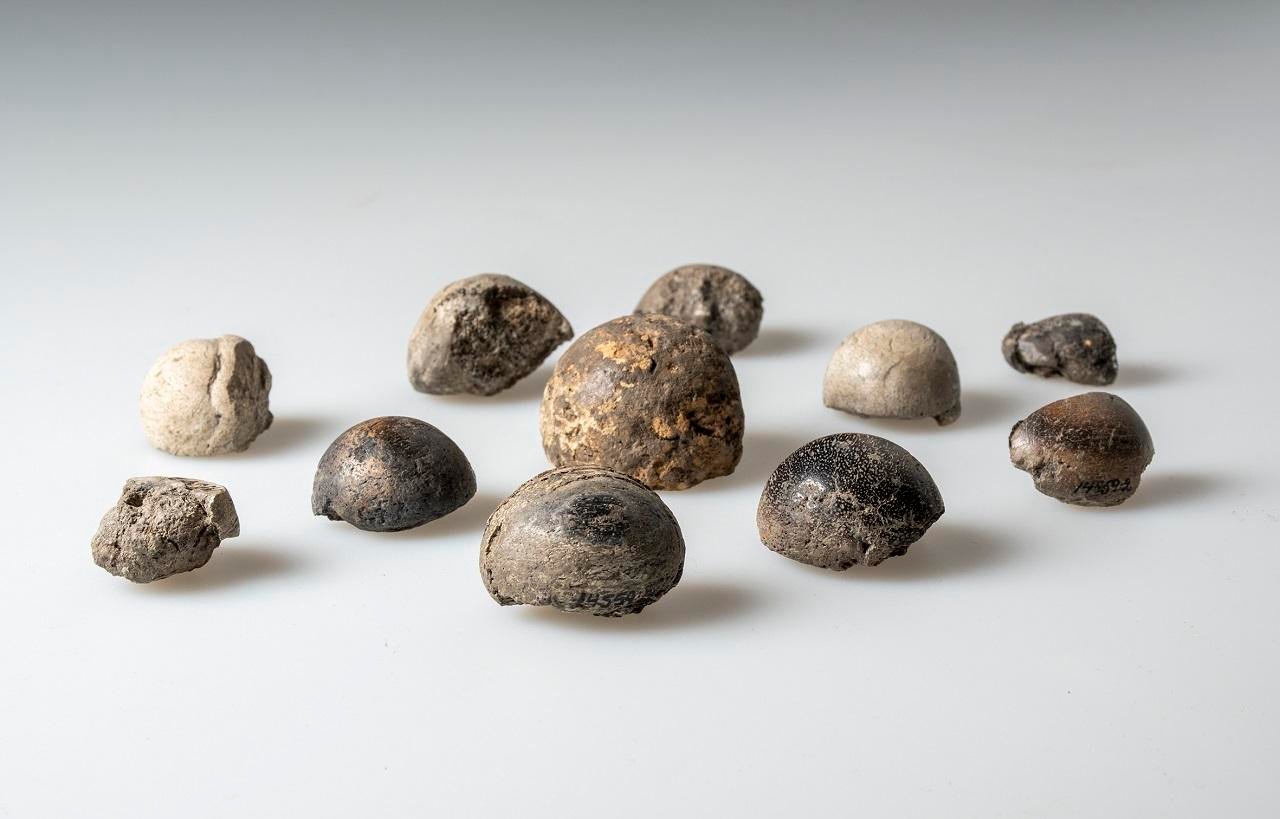
The results of the two-year project are now presented in the newly published book People, Meetings and Memories – Archaeology along the E18 in Västmanland, funded by the Swedish Transport Administration (Trafikverket). The book covers everything from how the communities in the region lived and adapted during the transition from paganism to Christianity and from a warrior society to an agricultural one.
These discoveries reveal the wealth and artistic nature of Viking culture, but at the same time, they reflect a society in transformation—one that honored its ancestors, embraced a new faith, and left legacies still present within the Swedish landscape today.
More information: Arkeologerna




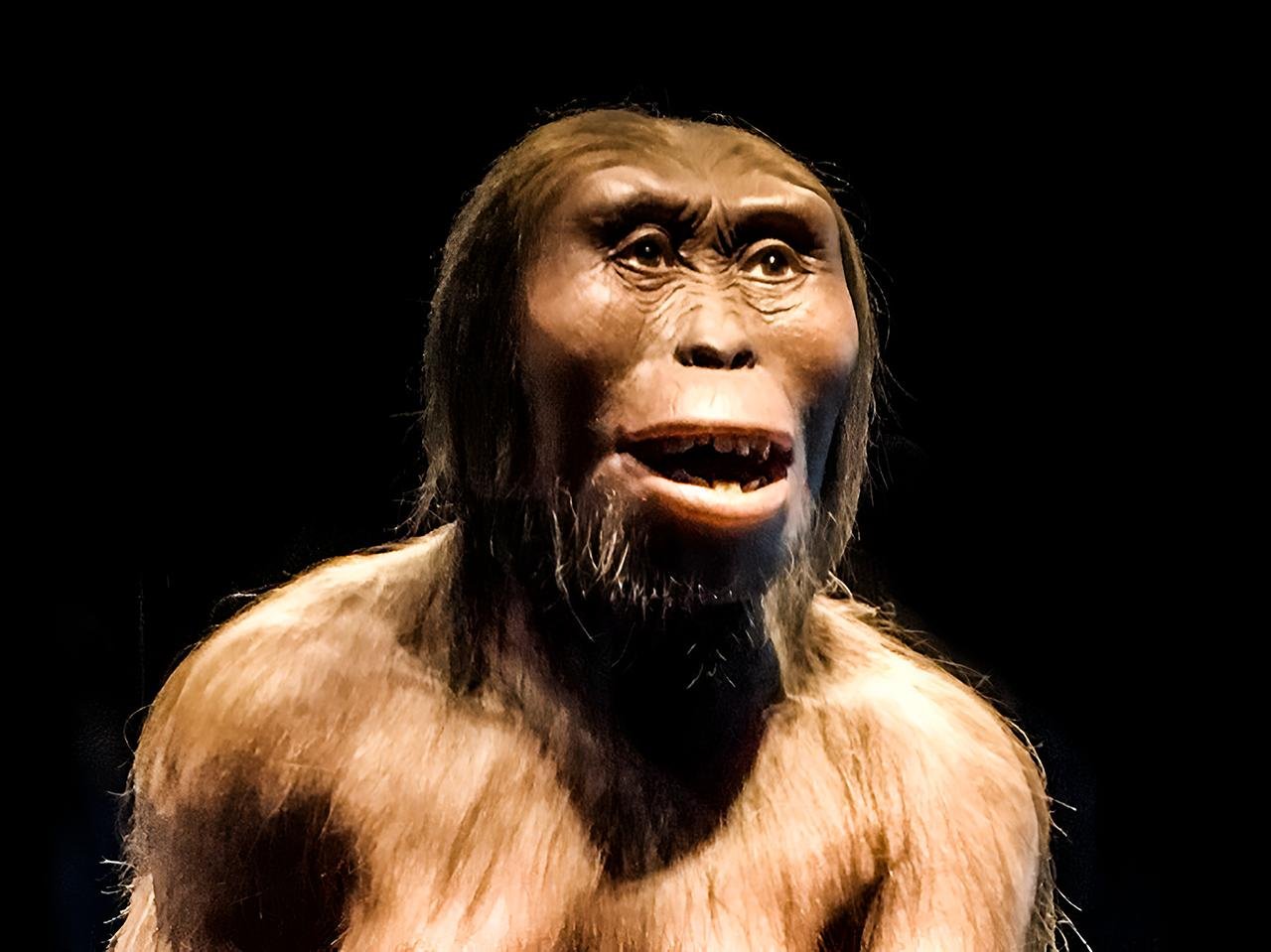
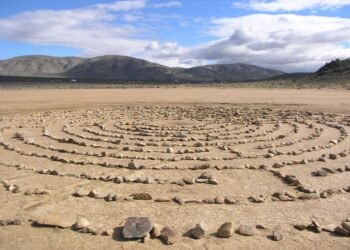

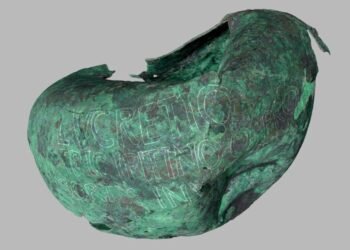
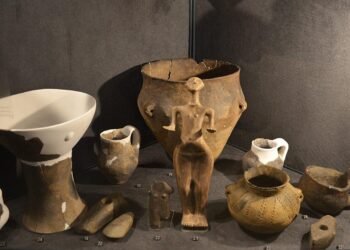














Disclaimer: This website is a science-focused magazine that welcomes both academic and non-academic audiences. Comments are written by users and may include personal opinions or unverified claims. They do not necessarily reflect the views of our editorial team or rely on scientific evidence.
Comment Policy: We kindly ask all commenters to engage respectfully. Comments that contain offensive, insulting, degrading, discriminatory, or racist content will be automatically removed.
Show more aerial closeup please.